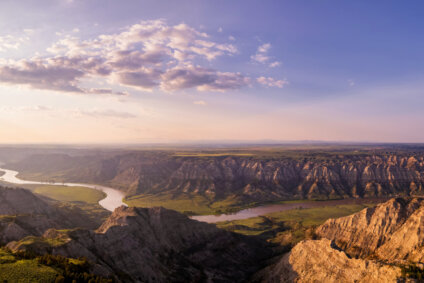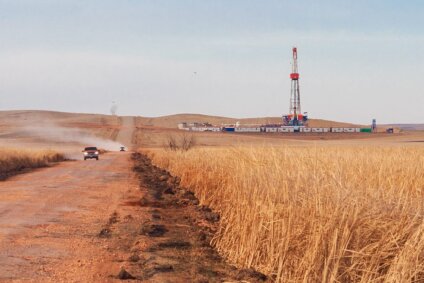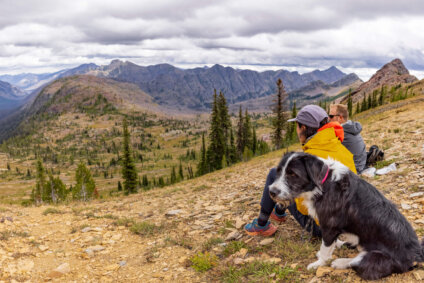‘Nature Had Surely Done Her Best’
The Island Ranges offer glimpses into the wildness Charlie Russell painted and adored
Like islands rising out of the ocean, central Montana’s aptly named “Island Ranges” are visible from all directions. Some, such as the Crazy Mountains, display tall prominent peaks. Others, such as the Castles, feature huge spires. Others, such as the Big Snowies and Little Belts, appear more rounded and carved up with deep canyons. Most are a hybrid of alpine and prairie habitat with mixed forests and grasslands. All are distinct and dramatic in their own way.
For Montana legend Charlie Russell, the Island Ranges and breaks country of central Montana were special, so special that they found their way into much of his work. A place he was especially fond of was the Judith River backcountry in the Little Belt Mountains, where he spent time with his friend, mountain man Jack Hoover. He described the area as:
shut off from the outside world. It was a hunter’s paradise, bounded by walls of mountains containing miles of grassy open spaces, more green and beautiful than any man-made parks. These parks and the mountains behind them swarmed with deer, elk, mountain sheep, and bear, besides beaver and other small fur-bearing animals. The creeks were alive with trout. Nature had surely done her best, and no king of the old times could have claimed a more beautiful and bountiful domain.
Russell lived at a time when the landscapes of central Montana were rapidly changing. He was deeply dismayed that the wild country, wildlife, and frontier culture he cherished were vanishing. Through his art he captured what he thought was the last remnants of the region’s wildness. His wife Nancy quoted him as saying, “The West is dead! You may lose a sweetheart but you won't forget her.”
Thanks to the farsightedness of Russell and people like him, wildness still remains in the Island Ranges, especially in the Big Snowy Mountains near Lewistown. Most of range, 91,000 acres, was designated as a Wilderness Study Area with passage of the Montana Wilderness Study Act of 1977. Just to the west of the Snowies, in the Little Belts Mountains, is the Middle Fork of the Judith, another Wilderness Study Area covering more than 82,000 acres. On the west side of the Little Belts is the 88,000-acre Tenderfoot/Deep Creek Roadless area, which borders the most scenic segment of the Smith River, one of Montana’s most popular river floats.
We now have an opportunity to make sure these last vestiges of Charlie Russell’s wild country survive and that the Forest Service manages these areas to protect their wild character.
The Helena-Lewis and Clark National Forest is now updating its management plan. The plan will determine which places on the national forest will be managed primarily to protect wilderness, wildlife, and cultural and historic values associated with these island ranges. But the outcome depends on you.
So lets keep these remaining wildlands wild. In the spirit of Charlie Russell, get out, visit, and help protect and restore these special places by making your voice heard in the forest planning process.
In the words of Russell, “Guard, protect and cherish your land, for there is no afterlife for a place that started out as Heaven.”
If you’d like to get involved in the Forest Service planning process for this remarkable area, please contact me at mgood@wildmontana.org or call me at (406) 453-9434.
– Mark Good, MWA central Montana field director

Stay Connected
"(Required)" indicates required fields


